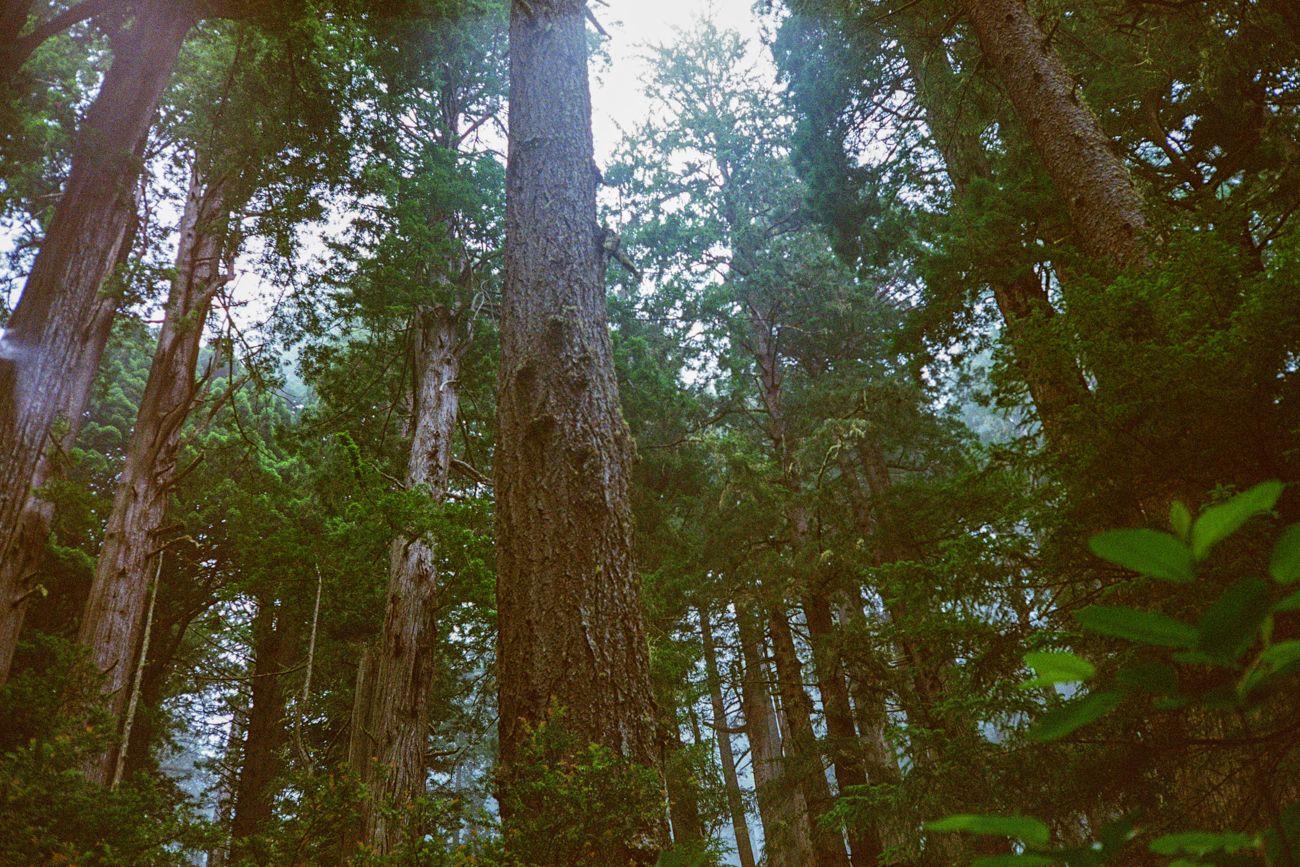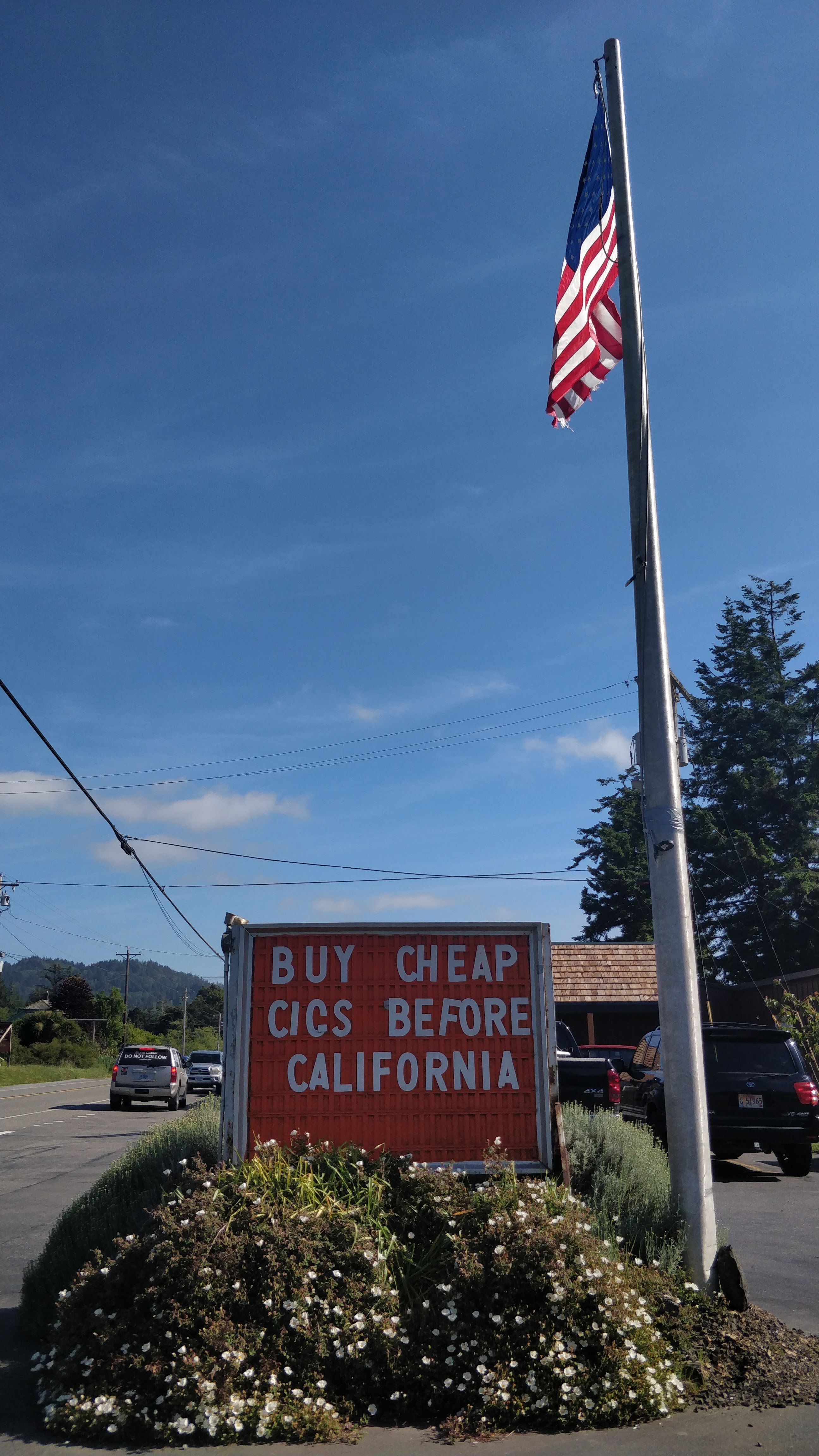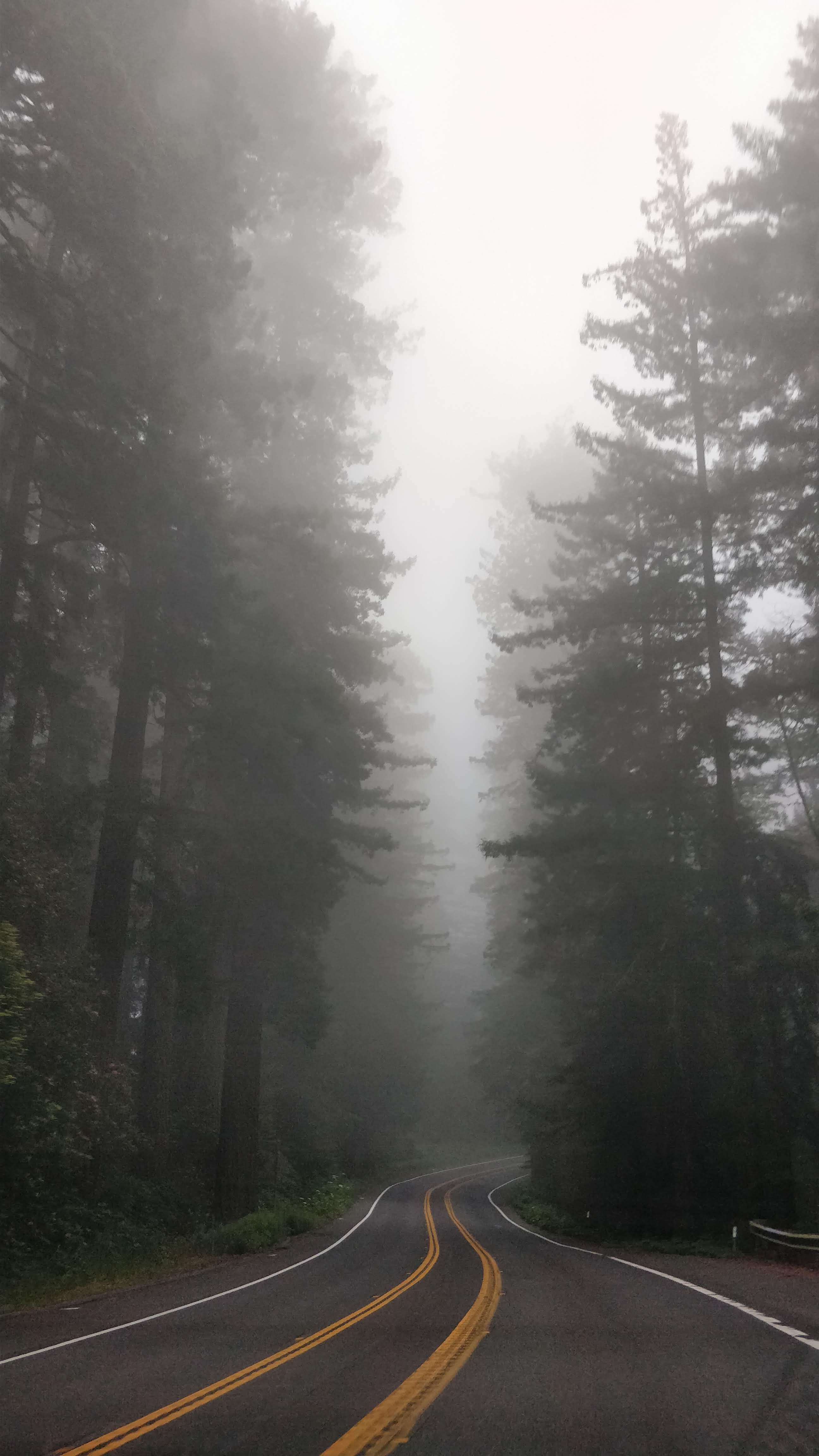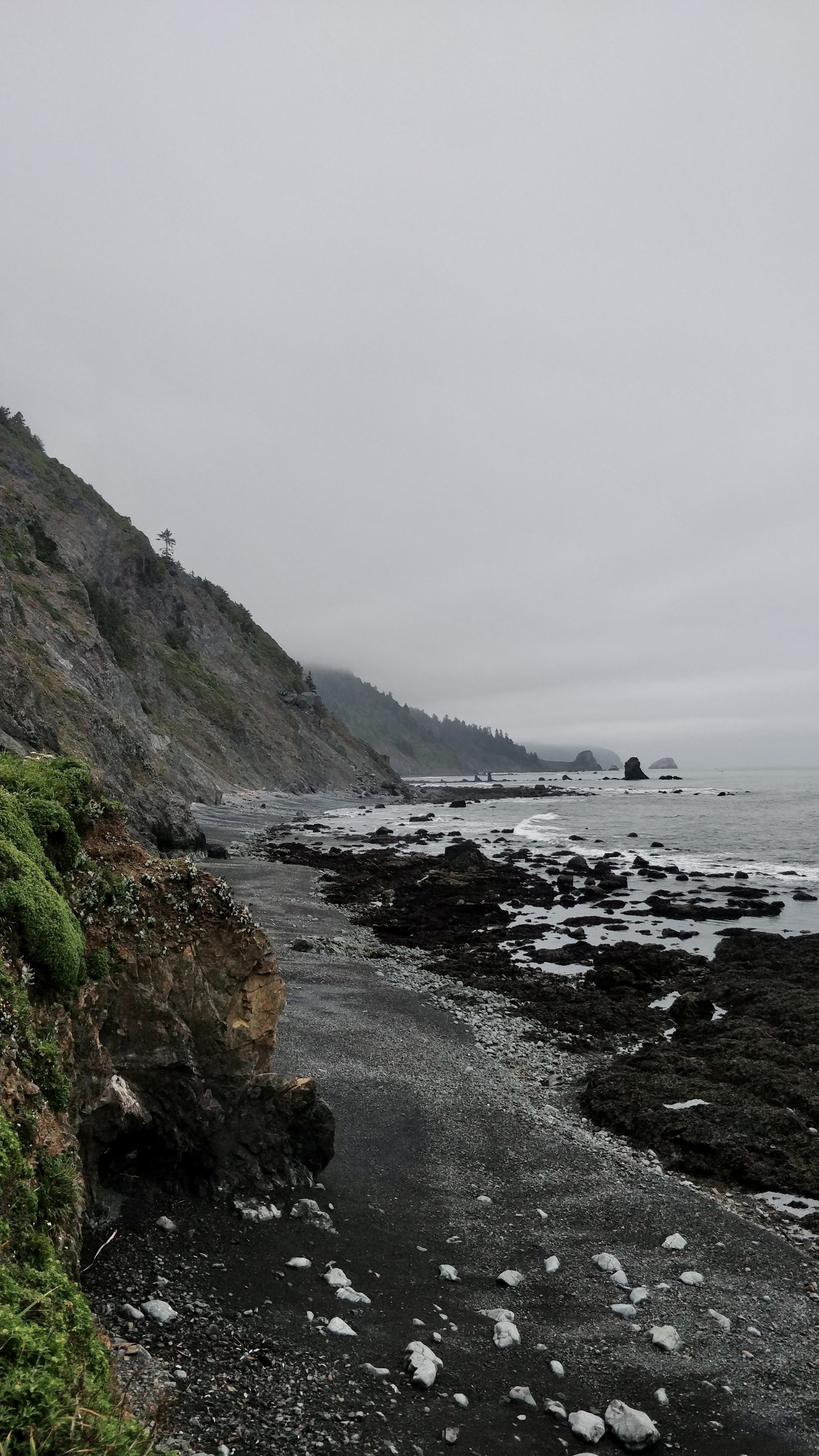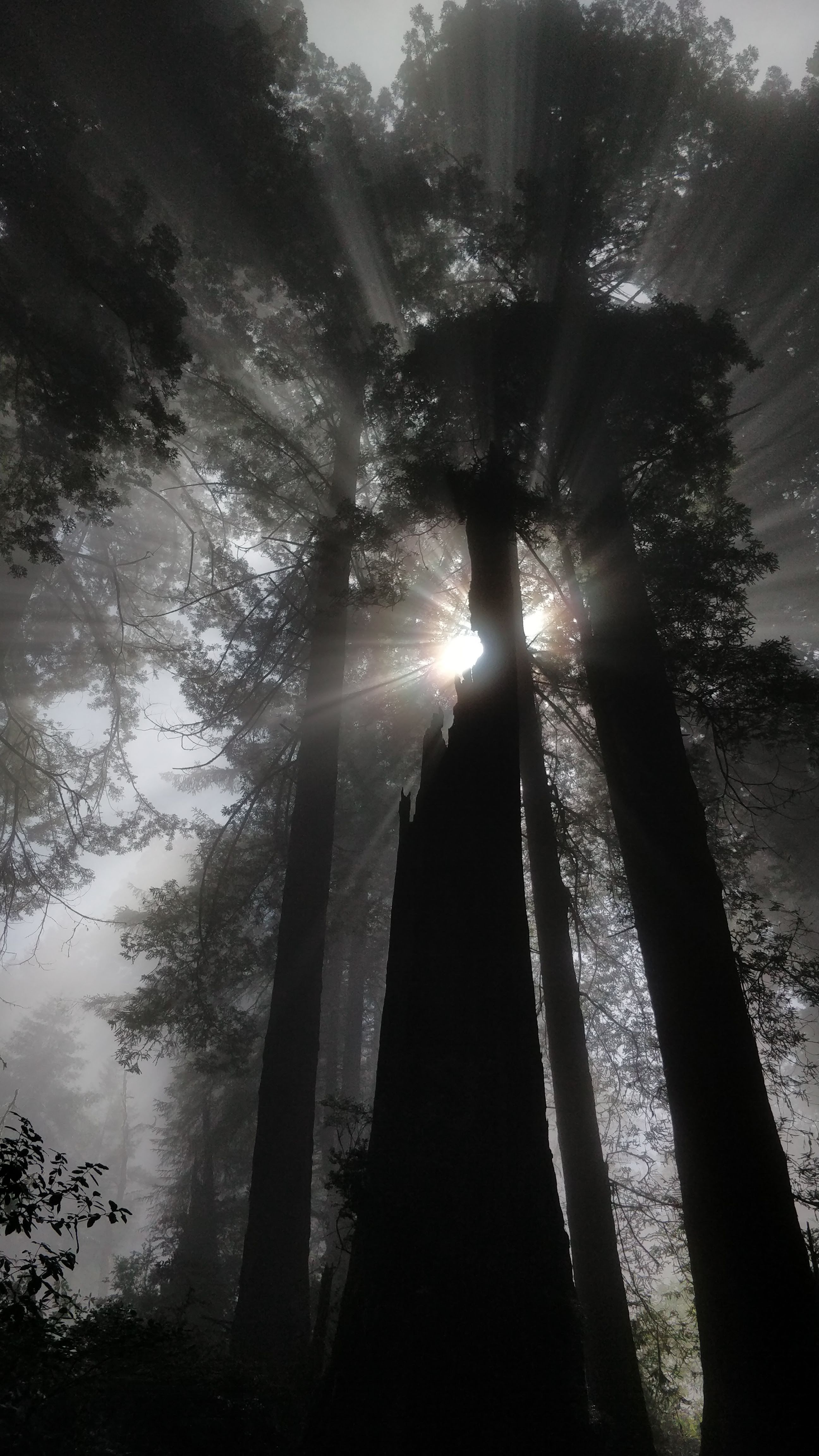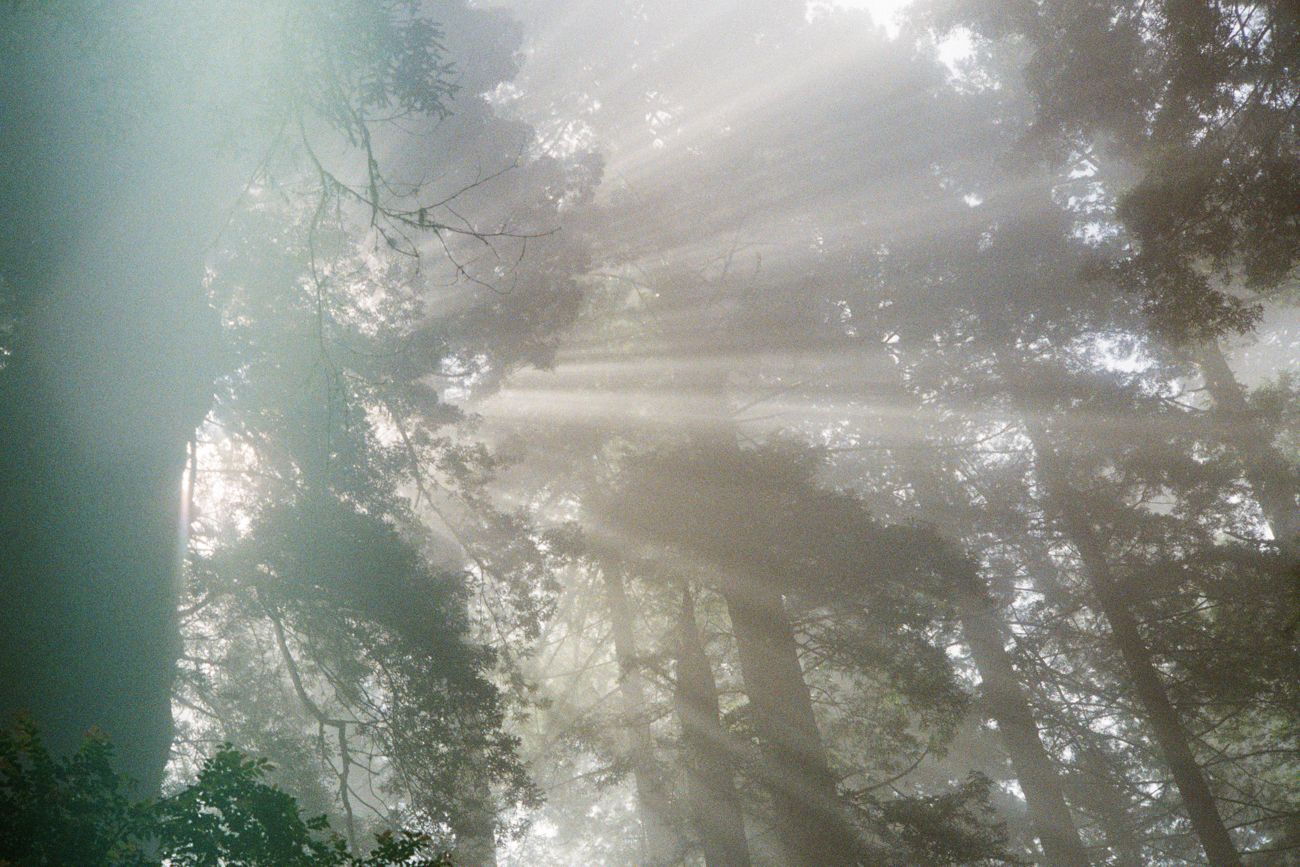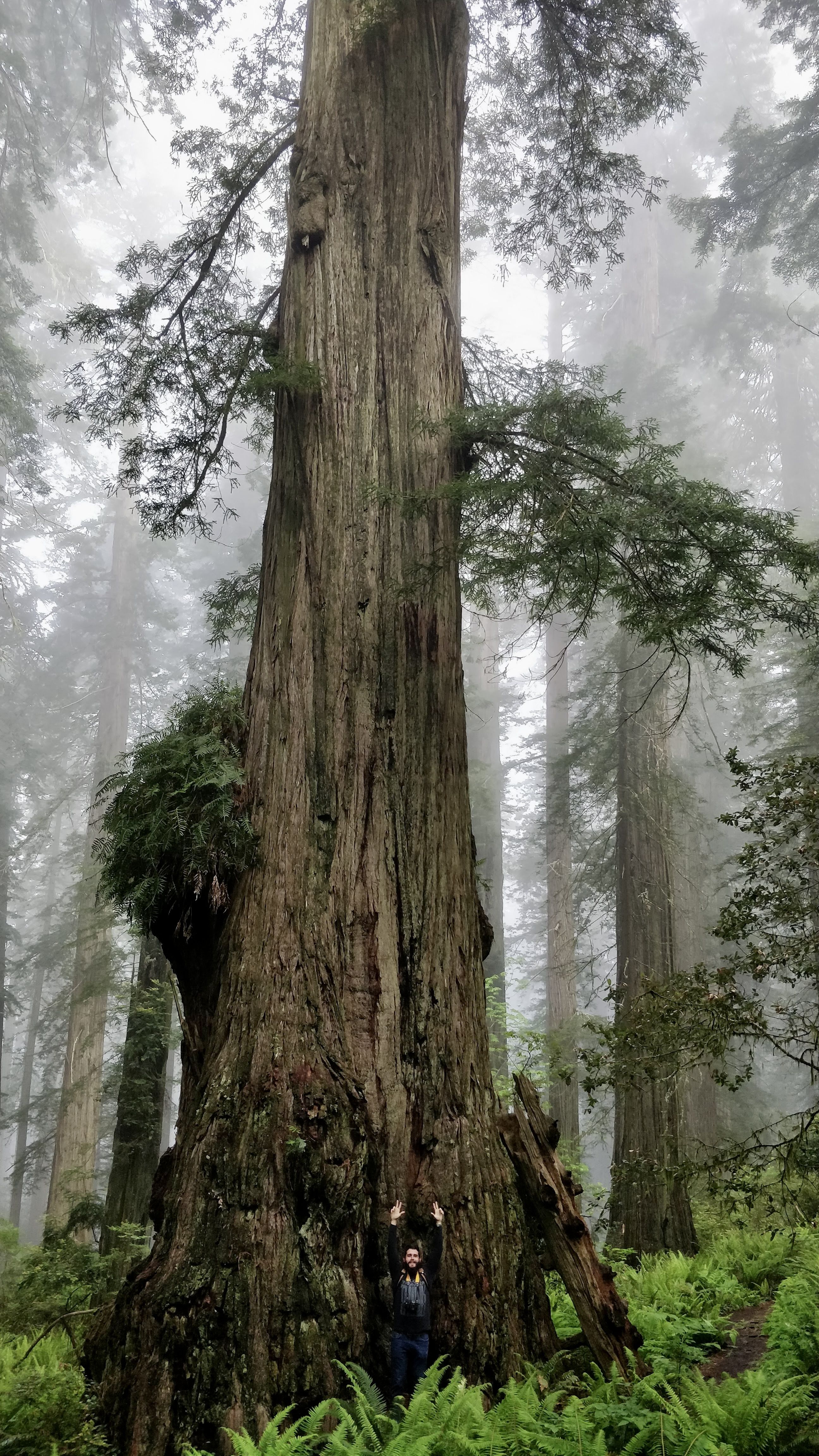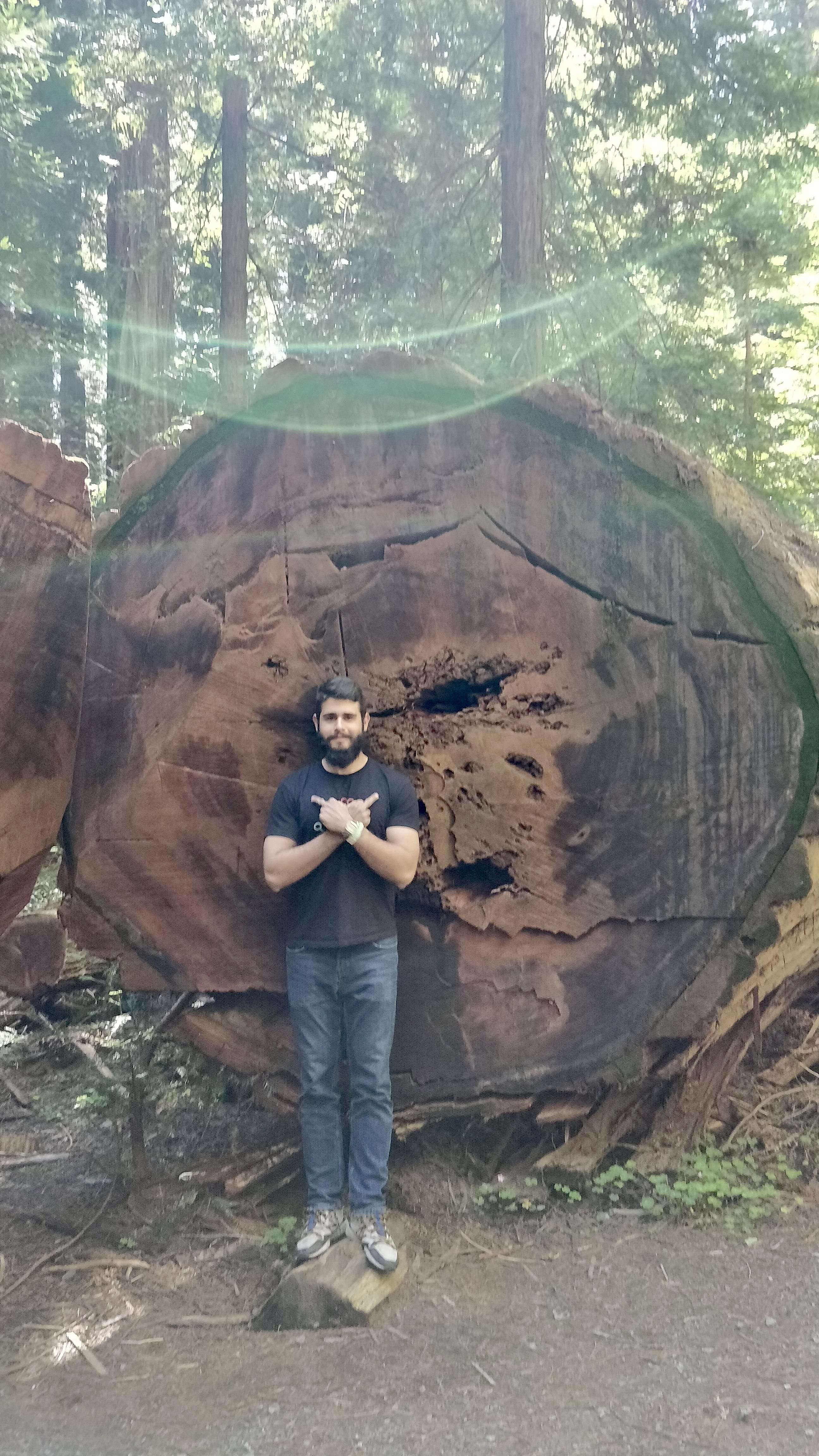After camping at Lake Cascade, it was time to head out west. We stopped in Bend, Oregon, to get some proper sleep on a bed with a mattress and sheets. Also, it was about time I got to wash my clothes. I'd been on the road for about two weeks at this point, and I was running out of clean things to wear. The ride from Idaho to Oregon was pleasing. Lots of evergreen forests and bodies of water.
At some point, we got to the place we had booked through Airbnb. It was a bit outside of the city, but it was nice. The owner had a farm with little chickens and a small farm where he grew herbs for CBD products. They were really into dirt biking, and he, and his kids, won a couple of awards. They were kind enough to help us with the clothes.
After sleeping in and exploring Bend in Oregon, this state or town could be my home. It reminded me of my hometown and the national park near my hometown. Nature was green and looked well-nourished. People were friendly, and I felt accepted. But, it was our time to leave.
We were heading to California, a long drive from Bend. What I noticed is that the prices differ a lot. Oregon is not the cheapest state in the US, but compared to California, it is affordable. A sign next to the border with Cali even reminded you to buy cigarettes at a lower price because you were about to enter the expensive realm.
Even before we entered California, a woman at the Chinese restaurant wanted to pack some food for us because things would get a lot more expensive. We didn't take her that seriously, but she seemed right. Also, one strange thing about Oregon is that you can't pump gas into your car. A person working there has to do it. Why is that so?
We camped at two spots in northern California, all in the redwood forest camps. The first was Redwood National Park, and the second was Humboldt Redwoods State Park. Both of them were great, and four years later, I can't remember the many differences between them, except that in the latter one, mosquitos were aggressive as hell 🦟
In total, we spent almost three and a half days roaming the great old-growth forests of northern California. I have to say this was my favorite part of the trip. The trees were old a couple of centuries (some even a millennium and more) at some points of our hiking trails. I couldn't help but feel small and insignificant compared to these giants. They've seen it all and are resistant.
The trees we saw there belong to the redwood species, particularly the Coast Redwood species. These are not the famous Giant Sequoia (Sequoiadendron giganteum) but have sequoia in their name (Sequoiadendron giganteum). Being Coast Redwood, they were the tallest species of trees in the world. They are located in the coastal part of northern California because the climate suits them perfectly. But before, they spread across Asia, Europe, and North America.
Don't be fooled. These were still sequoia trees, capable of growing to 115m (380 ft) in height and 8m (26 ft) in diameter. I loved learning about them on the trails and in the leaflets you'd get at the parks. What's evident is that these forests have a history. Unfortunately, you can see the scars in the trees that survived fires and those that didn't. The ones that have fallen to being old or to fires were used as nutrients for other trees and plants.
Speaking of plants, the forest was so dense that you wouldn't even think about going away from the marked-up trail. The whole forest, with its biodiversity, felt alive. It almost felt like we weren't supposed to be there or hike between these old giants. A fact that we read was that these trees were not only impressive by their size and age but the fact that they are so endurable. They naturally resist insects, fungi, and fire because they do not produce resin.
Of course, fires happen naturally in forests, but they can endure getting caught on fire and living with burns. At some places, you can even enter the trunks of the trees that are still alive but were burnt at the base. But they are not resistant to being chopped down or to climate change.
People were chopping redwoods like crazy back in the day to fuel the massive needs of the industry. Luckily, some folks protected these forests and ensured redwoods were cared for and spread where they had been cut. As you follow the trails, you can see the monuments to them and grooves named by the families and individuals that protected the forests from exploitation.
All in all, it was a true pleasure and honor to walk and camp in these forests, I hope one day to come back and spend some time there. It was time for us to go to a more urban area next - San Francisco. Join me in the next post, where I'll share how we got there and what we did.
